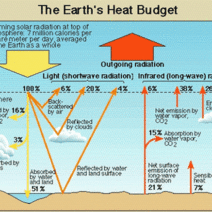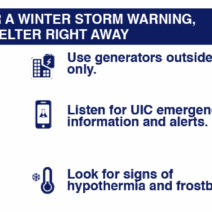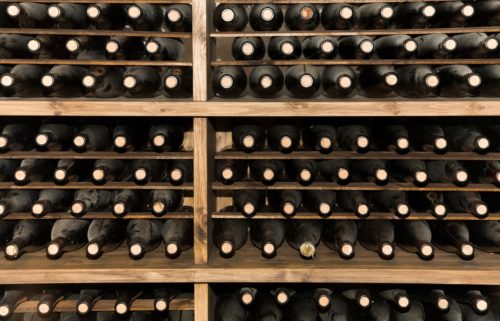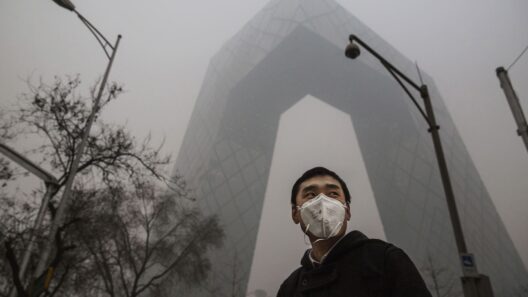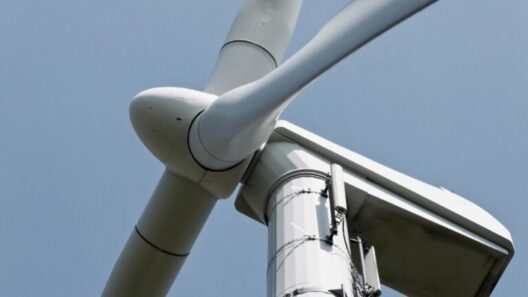When contemplating self-storage solutions, one crucial question looms over the decision-making process: Do I need climate-controlled storage? The answer to this question lies in a myriad of factors, including the items being stored, the environmental conditions of the area, and the duration of storage. This article delves into the significance of climate-controlled units and provides insight to help you make an informed decision.
Climate control in storage facilities refers to the regulation of temperature and humidity levels. The primary aim is to create a stable environment for the items stored within. Understanding when and why climate control is necessary can mean the difference between preserving your belongings and suffering damage due to environmental factors.
Storage units that are not climate controlled can be subject to extreme temperature fluctuations and humidity levels, which can wreak havoc on a variety of items. Thus, addressing key concerns is essential when evaluating whether climate-controlled storage is the right choice for you.
The Value of Climate Control: Why It Matters
As you navigate the world of self-storage, recognizing the inherent value of climate control is paramount. Different materials react differently to environmental conditions. For instance, items made of wood, leather, electronics, and important documents can easily deteriorate without a regulated environment.
Consider the potential damage that can occur from heat. High summer temperatures can cause wood to warp, adhesives to fail, and even lead to mold growth on susceptible materials. On the opposite end, extreme cold can cause thermal shock, resulting in cracks in ceramics and glass. Therefore, items requiring a stable, moderate environment often necessitate climate-controlled storage.
Additionally, humidity plays a critical role. Excess moisture in the air can lead to decay, rust, and mold growth. Climate-controlled storage typically maintains relative humidity between 30% and 50%, safeguards against these issues, and prolongs the lifespan of your belongings.
Identifying Which Items Need Climate Control
Understanding which items warrant climate control can guide you in making the appropriate choice. Certain belongings are particularly sensitive to temperature fluctuations and humidity. Here are some categories that often necessitate a climate-controlled environment:
Valuable Collections
If you possess valuable collections such as artwork, collectibles, wine, or antiques, climate control is often essential. These items may have specific temperature and humidity requirements that, if not met, could lead to irreversible damage. For instance, fine art is prone to fading and cracking if exposed to excessive heat or humidity.
Electronics and Technology
From computers to gaming consoles, electronic devices are particularly vulnerable to temperature extremes. Heat can cause circuits to overheat, while cold can lead to internal damages like battery failure. Furthermore, moisture can corrode components, leading to malfunction. Thus, it’s prudent to store electronics in a climate-controlled facility.
Documents and Papers
Important documents, photographs, and books are adversely affected by excess moisture and temperature fluctuations. High humidity levels can cause pages to warp and develop mold, while low humidity can make paper brittle. A climate-controlled environment helps ensure that critical documents are preserved over time.
External Factors Influencing Your Decision
While the nature of your items is a significant consideration, external factors also play a crucial role in your decision regarding climate-controlled storage. Here are some aspects to weigh:
Geographical Considerations
Your local climate can dramatically dictate the necessity of climate control in storage. Those living in regions with extreme temperatures—whether high heat or frigid winters—should be vigilant. Consistent climate alterations can lead to damaged items that would otherwise be protected in climate-controlled facilities. Evaluate your location’s climate extremes when making your choice.
Duration of Storage
The length of time you plan to keep items in storage also influences whether climate control is necessary. If you anticipate a prolonged storage period, the need for climate control increases. Prolonged exposure to adverse environmental conditions can cause deterioration, leading to the eventual loss of valuable or irreplaceable items.
Cost Considerations: Is It Worth It?
Cost is an inevitable consideration in the selection of self-storage options. Climate-controlled units generally come at a premium compared to standard storage solutions. However, weighing the long-term costs can be a deciding factor. Consider the potential losses from damaged items against the additional expenditure of climate control. Ultimately, the preservation of valuable items often outweighs the short-term costs.
In conclusion, the question “Do I need climate-controlled storage?” cannot be answered with a blanket statement. It requires careful consideration of several variables—item sensitivity, local climate, and duration of storage. The importance of preserving valuable possessions should not be understated, making climate-controlled options a worthy investment for many. Protecting your belongings from the unpredictable nature of environmental factors can provide peace of mind and longevity for your cherished items.
